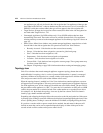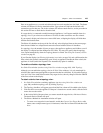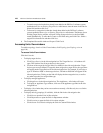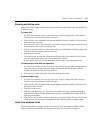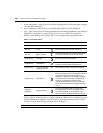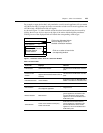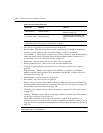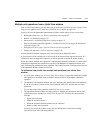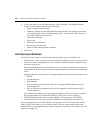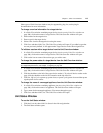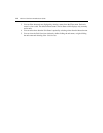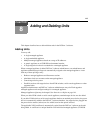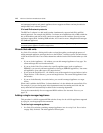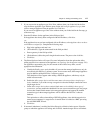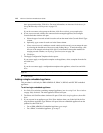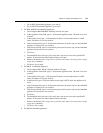
112 DSView 3 Software Installer/User Guide
4. To view the results for an individual operation, click on the name. The Operation Results
window for that operation type will open, indicating:
• Status - Current status of the task
• Summary - Number of successful/failed/total unit operations (for example, the summary
of an operation with a status of ‘Rebooting the unit(s)’ might contain a 2/0/3 summary - 2
successful, 0 failed and 3 total units)
• Name of the operation
• Type of unit
• When the operation started
• How long the operation took
• Status or result of the operation on the unit
5. Click Close.
Unit Overview Windows
The Unit Overview window contains the following information about an individual unit:
• Target Devices - Name, type and icon associated with the target device. You may also use this
window to connect to the target device. The available connection methods are determined by
the type of target device.
Power information appears only if the target device is a power device and the user has power
control rights. In this case, the user may power up, power down or cycle the power of the target
device.
• Managed appliances - Name and type of managed appliances and the tools that may be used to:
• Reboot
• Upgrade firmware
• Resynchronize
• Save or restore the configuration (valid only for supported KVM switches and serial
console appliances)
• Save or restore the user database (valid only for supported KVM switches and serial
console appliances)
The available tasks depend on the type of managed appliance and the user’s access rights on
the managed appliance. (Custom tools defined by a plug-in may also be available.)
• EVR1500 environmental monitor or generic appliance - Name and type of EVR1500
environmental monitor or generic appliance and links for establishing a connection to it.
You may change the overview information for one target device from a Unit Overview window.
From a Units View window, you can change the type or icon for several target devices in one
operation. This may be helpful when you want to assign the same values to several units. See Unit
Properties on page 139.



